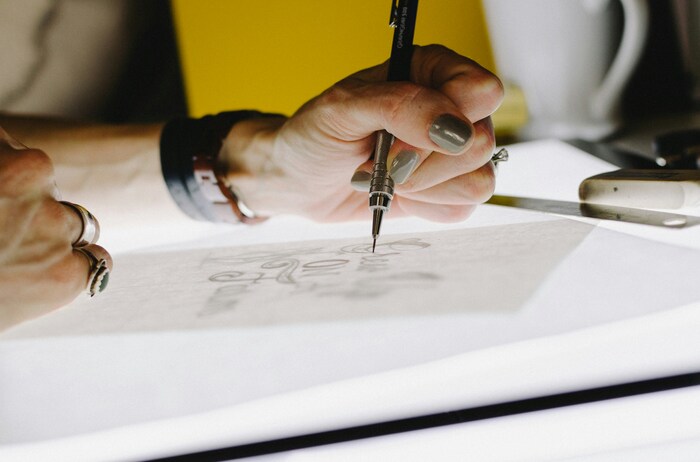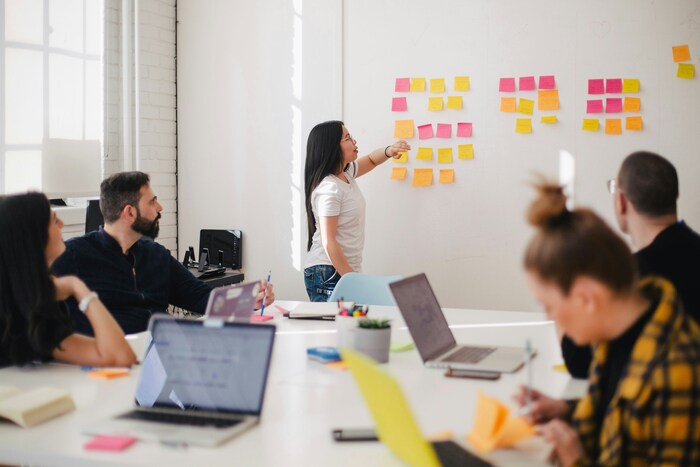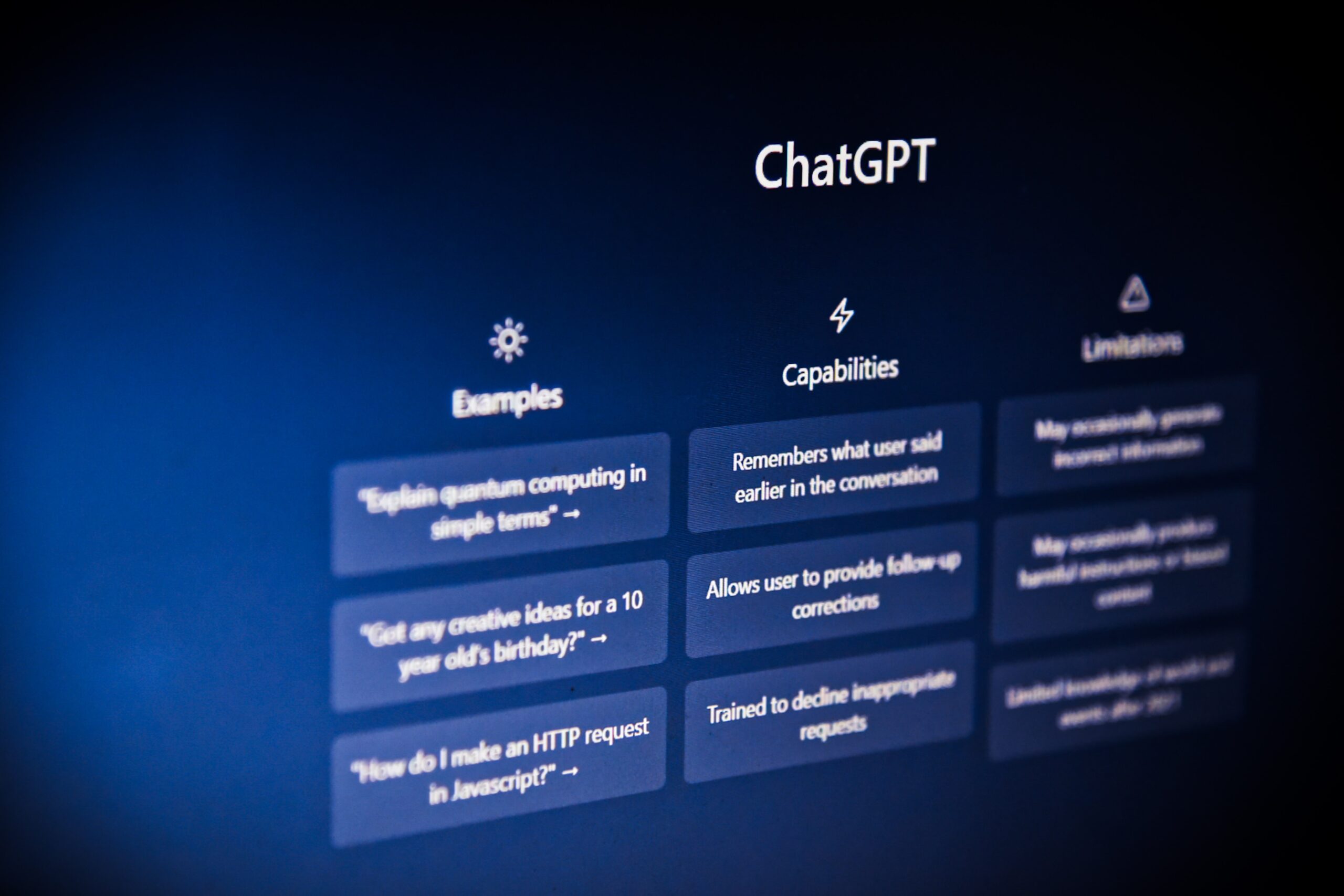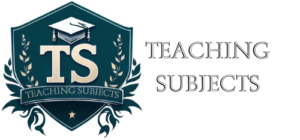Introduction
Have you ever wondered what sets innovative minds apart in today’s competitive world? In an age where information is at our fingertips, creative skills are emerging as crucial components for success in higher education and beyond. This post will delve into creative skills, highlighting their definition and significance and providing concrete examples relevant to college students. Students can enhance their academic performance, future career prospects, and problem-solving capabilities by understanding and cultivating these abilities.

What Are Creative Skills?
Definition of Creative Skills
Creative skills are the ability to generate new ideas, solutions, and approaches by thinking outside the conventional frameworks. These skills encompass various cognitive processes and personal attributes that enable an individual to see the world in novel ways and to make connections between seemingly unrelated phenomena. Key examples of common creative skills include problem-solving, which involves finding effective solutions to complex issues; innovation, designing new and original concepts or products; and imagination, the ability to envision possibilities beyond the present reality. Each skill is pivotal in enabling students to navigate academic challenges and professional environments with ingenuity and flexibility.
Types of Creative Skills
Creative skills can be broadly categorized into divergent thinking and convergent thinking. Divergent thinking refers to the capacity to generate multiple, unique solutions to a problem, encouraging a free flow of ideas and fostering originality. In contrast, convergent thinking focuses on synthesizing information to arrive at a single, well-defined solution, thereby promoting analytical precision. Additionally, creative skills manifest in various forms, such as artistic and analytical creativity. Artistic creativity encompasses activities like visual arts and music, where individuals express themselves through painting, sculpting, composing, or performing. On the other hand, analytical creativity involves scientific innovation and strategic thinking, which are essential for developing cutting-edge technologies or devising effective business strategies. Recognizing and cultivating these diverse creative skills can significantly enhance a student’s ability to excel in both academic and professional realms.

Why Creative Skills Matter in Higher Education
Academic Benefits
Creative skills are vital in enhancing learning experiences by encouraging students to explore subjects through innovative approaches. This approach makes learning more engaging and helps retain information more effectively. Moreover, the importance of creative skills extends to research and academic projects, where original thinking and problem-solving are essential for producing groundbreaking work and advancing knowledge.
Personal Development
Cultivating creative skills contributes to personal development by building self-confidence and resilience. When students engage in creative activities, they learn to handle setbacks and challenges positively, fostering a sense of perseverance. Additionally, creative skills encourage curiosity and a lifelong love of learning, which is crucial for personal growth and adaptability in an ever-changing world.
Professional Advantages
From a professional career perspective, creative skills prepare students for diverse career paths that value innovation and original thought. These skills are particularly valuable in entrepreneurship and leadership, where thinking outside the box can lead to successful business ventures and effective team management. Therefore, developing these skills is indispensable for those aspiring to excel in dynamic and competitive work environments.
How to Develop Creative Skills in College
Classroom Activities
Participating in courses encouraging creativity, such as arts, humanities, and design thinking, can significantly enhance students’ ability to think outside the box. These subjects often require interpretative and innovative approaches, pushing students to explore different perspectives and develop unique solutions. Group projects and collaborative assignments also play a critical role in fostering creativity within the classroom. By working together, students can bounce ideas off one another, combine their strengths, and approach problems from various angles, leading to more inventive outcomes.
Extracurricular Activities
Extracurricular activities provide an excellent platform for students to hone their creative skills outside the structured environment of the classroom. Joining clubs and organizations that promote creative thinking, such as debate teams, theater groups, or innovation clubs, can stimulate intellectual curiosity and collaborative innovation. Engaging in hobbies and side projects, whether writing, coding, painting, or any other form of creative expression, allows students to explore their interests deeply and cultivate skills that may not be covered in their academic curriculum.
Practical Tips and Exercises
Incorporating practical tips and exercises into daily routines can further develop creative skills. Journaling and reflective practices enable students to process their thoughts, identify patterns, and trigger new ideas. Brainstorming sessions and mind mapping are effective techniques for organizing thoughts and exploring different possibilities, fostering divergent and convergent thinking. Additionally, seeking out diverse experiences and perspectives—through travel, cross-disciplinary studies, or engaging with different cultures—broadens students’ horizons and enriches their creative reservoir. These practices collectively contribute to a more versatile and inventive mindset.
Challenges and Misconceptions About Creative Skills
Common Misconceptions
One common misconception about creative skills is that they are innate and cannot be learned or developed. Many people believe that creativity is a gift possessed only by a select few rather than a skill set that can be cultivated with practice and dedication. This myth can be particularly discouraging for students who may think they lack the necessary “creative gene” to excel in activities requiring innovative thinking. Creativity is a universal trait everyone can enhance through various methods such as education, practice, and exposure to new experiences. Recognizing that creative skills are not fixed traits but dynamic abilities can empower students to seek opportunities to develop them actively.
Another prevalent misconception is that creativity is solely tied to artistic endeavors. While artistic creativity is undoubtedly an important aspect, creative skills are not limited to the arts—they also include analytical creativity, problem-solving, and innovation in fields such as science, technology, engineering, and mathematics (STEM). This narrow view can prevent individuals from recognizing and valuing creative contributions in non-artistic domains, limiting their potential for holistic development. Understanding that creativity permeates all areas of study and professional practice can help break down these silos and encourage a more inclusive approach to nurturing creative skills in students.
Overcoming Barriers
Overcoming barriers to developing creative skills begins with shifting one’s mindset. Students can benefit from adopting a growth mindset, emphasizing that abilities can be developed through hard work, learning, and persistence. Cultivating a growth mindset encourages individuals to embrace challenges and view failures as growth opportunities rather than setbacks. This positive attitude towards learning and development can be instrumental in breaking down psychological barriers that hinder creativity.
Another barrier to creativity is the lack of exposure to diverse experiences and perspectives. Engaging with different cultures, disciplines, and viewpoints can significantly enrich one’s creative capabilities by broadening the range of ideas and solutions available. Colleges and universities can facilitate this by promoting interdisciplinary studies, cultural exchanges, and extracurricular activities celebrating diversity. Providing platforms for collaborative projects and encouraging students to step out of their comfort zones can also create a supportive environment for creative exploration. By addressing these barriers and fostering an inclusive and dynamic setting, educational institutions can play a pivotal role in nurturing and enhancing creative skills in their students.
Conclusion
Throughout this blog post, we explored various ways college students can develop their creative skills, from participating in classroom and extracurricular activities to incorporating practical tips and overcoming misconceptions and barriers. We have emphasized the importance of understanding that creativity is not only an innate talent but a dynamic ability that can be nurtured and applied across different fields and professions.
We encourage students to seek out opportunities to foster their creative talents actively. Through courses, clubs, diverse experiences, or personal projects, the commitment to developing creativity will undoubtedly enrich their academic and professional aspirations.
Albert Einstein once said, “Creativity is intelligence and having fun.” By embracing creativity, students open the door to unlimited potential, sparking innovation and growth that will shape their future and the world around them.















